A detailed look into the intricate systems that manage our water distribution.
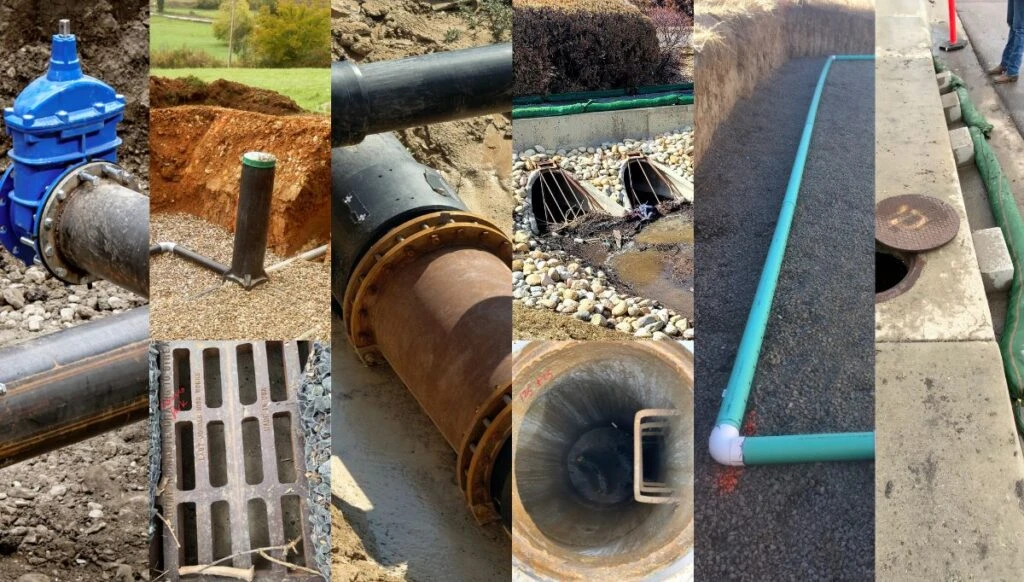
Understanding Hydraulic Engineering
Introduction to Hydraulic Engineering
A Hydraulic Engineer is a specialist within the field of civil engineering that focuses on the design, construction, and management of water systems. Their role encompasses a wide range of disciplines, including fluid mechanics, water resources engineering, and environmental management. Hydraulic engineers play a crucial role in ensuring the efficient and sustainable use of water resources.
Role of Hydraulic Engineers
Hydraulic engineers are responsible for designing hydraulic systems and structures that control the flow, distribution, and storage of water. They work on projects related to water supply, flood control, irrigation, wastewater management, and environmental protection. Their expertise is vital for addressing water-related challenges and ensuring water security for communities and industries.
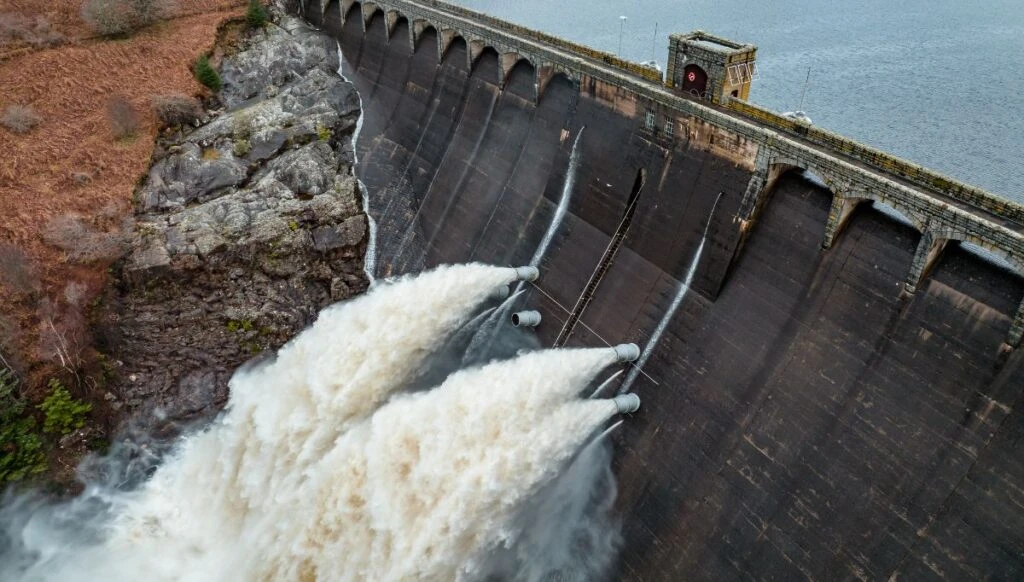
Fundamentals of Fluid Mechanics
Fluid mechanics is the scientific study of fluids (liquids and gasses) and their behavior under various conditions. It provides the theoretical foundation for understanding how fluids flow, exert pressure, and interact with their surroundings. Hydraulics engineering heavily relies on principles of fluid mechanics to design efficient water systems and civil engineering structures.
Role of Hydraulic Systems
Hydraulic systems are complex networks of pipes, pumps, valves, and control devices designed to transport, store, and distribute water. These systems are essential for water supply infrastructure, wastewater treatment plants, irrigation networks, and industrial processes. Hydraulic engineers design and optimize hydraulic systems to ensure reliable water delivery and resource efficiency.
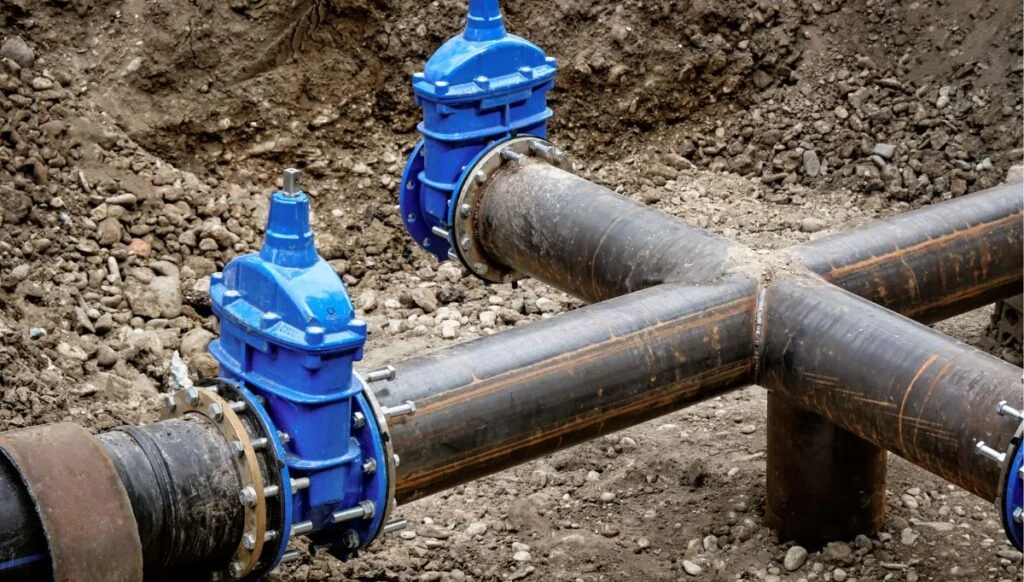
Challenges and Innovations in Hydraulic Engineering
Civil engineering faces challenges such as climate change impacts, water scarcity, aging infrastructure, and urbanization. Engineers continually innovate by integrating new technologies, modeling techniques, and sustainable practices into their designs. They strive to enhance water resilience, improve energy efficiency, and minimize environmental impacts through innovative solutions.
Hydraulics engineering plays a vital role in managing water resources, promoting water sustainability, and addressing complex water-related challenges. As we delve deeper into the various aspects of engineering applications in the following sections, we will explore how this discipline contributes to a more resilient and water-secure future for society.
Section 2: Hydraulic Structures in Water Management
Importance of Hydraulic Structures
Hydraulic structures are engineering marvels designed to control the flow of water and manage its various aspects. These structures play a crucial role in water drainage, ensuring the safe and efficient utilization of water resources.
Types of Civil Engineering Structures concerning hydrology.
Dams: Dams are among the most iconic hydraulic structures, built across rivers and streams to create reservoirs for water storage. They serve multiple purposes, including water supply for irrigation, hydroelectric power generation, flood control, and recreation.
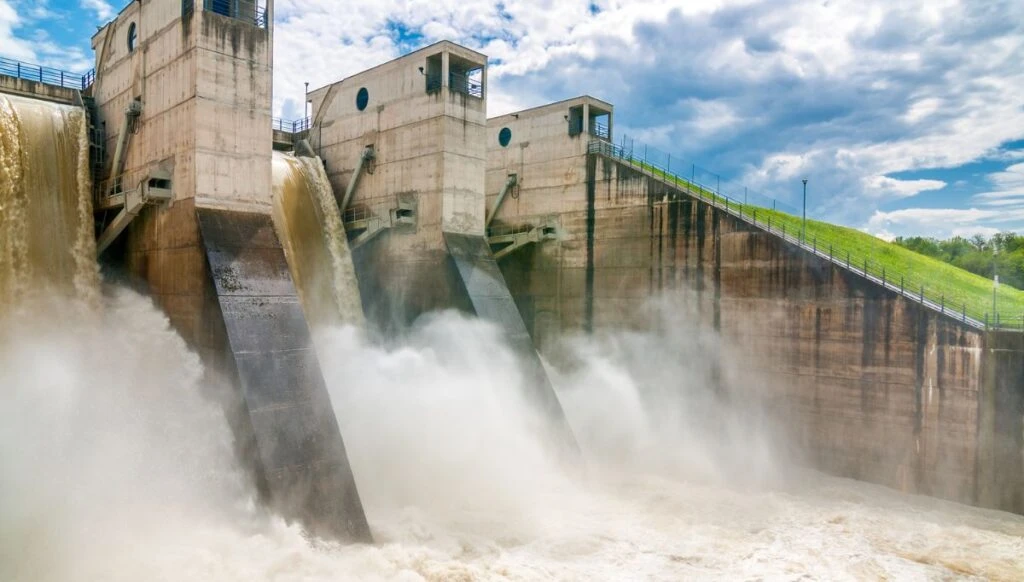
Canals and Aqueducts: Canals and aqueducts are man-made channels used to transport water over long distances. Canals are often employed for irrigation purposes, allowing water to reach agricultural fields efficiently. Aqueducts carry water across valleys or uneven terrain, ensuring a steady flow to urban areas or water treatment facilities.
Reservoirs and Storage Tanks: Reservoirs and storage tanks are essential components of water supply systems. They store water during periods of excess flow and release it as needed to meet demand. Proper controlling of the chemistry in our reservoirs involves balancing water levels, maintaining water quality, and coordinating releases based on environmental and human needs.
Weirs and Barrages: Weirs and barrages are structures built across rivers to regulate water levels and control sediment transport. They help in maintaining river flow, preventing erosion, and managing water for irrigation or industrial purposes. Weirs can also be used for fish migration, creating fish ladders to bypass barriers and ensure ecological balance.
Pumping Stations: Pumping stations are critical in hydraulic systems where water needs to be lifted or transported against gravity. They use pumps to increase water pressure and facilitate its movement through pipelines or distribution networks. Pumping stations are common in municipal water supply systems and industrial processes requiring water at specific locations or elevations.
Far Reaching Impact of Hydraulic Engineering projects:

The Marjorie Harris Carr Cross Florida Greenway is a remarkable transformation of an ambitious yet controversial hydraulic engineering project initially conceived as the Cross Florida Barge Canal. Originating in the 1930s, the canal was intended to create a navigable waterway across the Florida peninsula, facilitating maritime commerce by connecting the Gulf of Mexico with the Atlantic Ocean.

However, driven by political and economic motivations, the project largely overlooked ecological considerations, leading to significant environmental concerns. By 1971, it was deemed both an economic and ecological failure, and construction was halted. In the 1990s, thanks to the efforts of environmental activist Marjorie Harris Carr, the project was repurposed into a greenway that now spans over 110 miles.
This greenway offers diverse recreational activities and serves as a critical wildlife corridor. Today, it stands as a testament to how hydraulic engineering works, once driven by narrow economic interests, can be reinvented to support ecological preservation and community benefits
Design and Maintenance of Hydraulic Structures
Hydraulic structures require careful design, construction, and maintenance to ensure their functionality and safety. Engineers use advanced modeling techniques, hydraulic simulations, and structural analysis to design structures capable of withstanding hydraulic forces, sedimentation, and environmental conditions.
Hydraulic structures are integral to effective water management systems. They provide essential functions such as water storage, distribution, regulation, and transport, contributing to water security, environmental protection, and societal needs.
Research and Technology in Hydraulic Engineering
Advancements in Hydraulic Engineering
Hydraulic engineering encompasses a wide range of research areas and technological advancements aimed at improving water management practices and infrastructure. While fluid mechanics provides the foundational understanding, modern hydraulic engineers leverage advanced technologies and innovative approaches to address complex water-related challenges.
Research in Different Types of Hydraulics and Hydrology
Hydraulic engineers conduct research into various types of hydraulics and hydrology to better understand water behavior and optimize system performance. They explore topics such as open-channel flow, pipe flow dynamics, sediment transport, and hydraulic modeling. With the aid of computational tools and simulations, engineers can analyze fluid flow patterns, predict hydraulic behavior, and design hydrology structures with greater precision.
Application of Technology in Civil Engineering
The integration of technology has revolutionized Civil engineering practices. Engineers utilize Geographic Information Systems (GIS), remote sensing techniques, and satellite imagery to map water resources, assess environmental impacts, and monitor water quality.
Real-time data collection through sensors and IoT devices allows for proactive management of water systems, early detection of anomalies, and prompt response to changes in water conditions.
Hydraulics Engineering Research Areas
Research in Civil engineering extends to fundamentals such as:
- Sustainable water resource management: Developing strategies for water conservation, reuse, and ecosystem preservation.
- Urban water infrastructure: Designing resilient water supply systems, stormwater management solutions, and flood control measures for cities.
- Coastal protection and climate resilience: Studying coastal dynamics, sea level rise impacts, and designing coastal defense structures.
- Water-energy nexus: Integrating hydropower generation, renewable energy technologies, and optimizing water-energy trade-offs.
- Emerging contaminants and water treatment: Investigating new pollutants, treatment technologies, and water quality monitoring approaches.
Innovations and Future Directions
Hydraulics engineers are at the forefront of innovation, exploring novel materials, smart sensors, automation, and data-driven decision-making tools. Concepts like digital twins, which create virtual replicas of physical hydrology systems, offer insights into real-time performance and facilitate predictive maintenance.
Hydraulic engineering continues to evolve through research, technological advancements, and interdisciplinary collaboration. By harnessing the power of data, modeling tools, and cutting-edge technologies, hydraulic engineers strive to create sustainable water solutions, enhance infrastructure resilience, and address global water challenges in the 21st century.
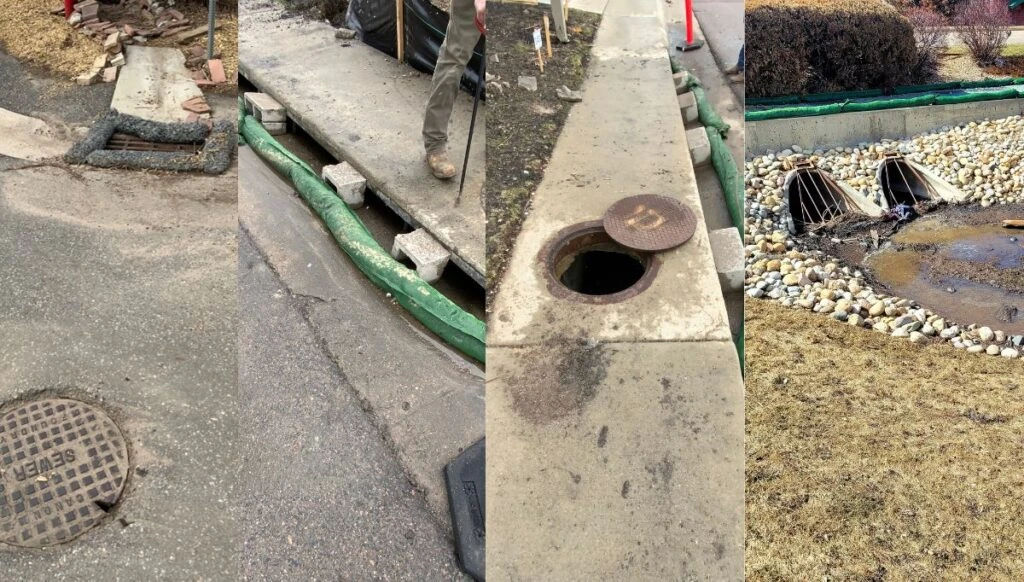
Water Resources Engineering and Sustainable Water Management
Importance of Water Resources Engineering
Water resources engineering plays a pivotal role in the sustainable management of water systems, ensuring the equitable distribution, conservation, and preservation of this vital resource. As global water challenges intensify due to population growth, climate change, and urbanization, the expertise of water resources engineers becomes increasingly crucial in developing resilient water infrastructure and promoting sustainable practices.
Role of Water Resources Engineers
Water resources engineers are tasked with analyzing water availability, quality, and usage patterns to design effective water management strategies. They work on projects ranging from watershed management and groundwater replenishment to water supply systems and wastewater treatment. By integrating engineering principles with environmental considerations, water resources engineers contribute to the long-term sustainability of water resources.
Sustainable Water Management Practices
In pursuit of sustainable water management, engineers employ a range of practices and technologies:
- Water conservation measures: Implementing efficient hydrology techniques, promoting water-saving appliances, and encouraging public awareness on water conservation.
- Rainwater harvesting and greywater reuse: Capturing rainwater for non-potable uses and recycling greywater from sinks and showers for irrigation or toilet flushing.
- Stormwater management: Designing green infrastructure, such as permeable pavements and rain gardens, to reduce stormwater runoff and improve water infiltration.
- Integrated water resource management (IWRM): Adopting a holistic approach that considers the interconnectedness of water resources, ecosystems, and human needs to achieve sustainable outcomes.
- Climate-resilient infrastructure: Designing infrastructure that can withstand climate-related challenges like extreme weather events, sea level rise, and changing precipitation patterns.
Role of Education in Promoting Sustainability
The education of hydraulics engineering students plays a crucial role in shaping the future of the industry towards sustainability. Universities and institutions emphasize courses on water resources management, environmental impact assessment, sustainable infrastructure design, and water policy. Hands-on projects, internships, and research opportunities expose students to real-world challenges and innovative solutions in water engineering.
Conclusion
Water resources engineering is instrumental in promoting sustainable water management practices that balance societal needs, economic development, and environmental preservation. Through education, research, and innovative solutions, hydraulics engineers contribute to a future where water resources are managed responsibly, equitably, and in harmony with nature, safeguarding our planet’s water for future generations.





